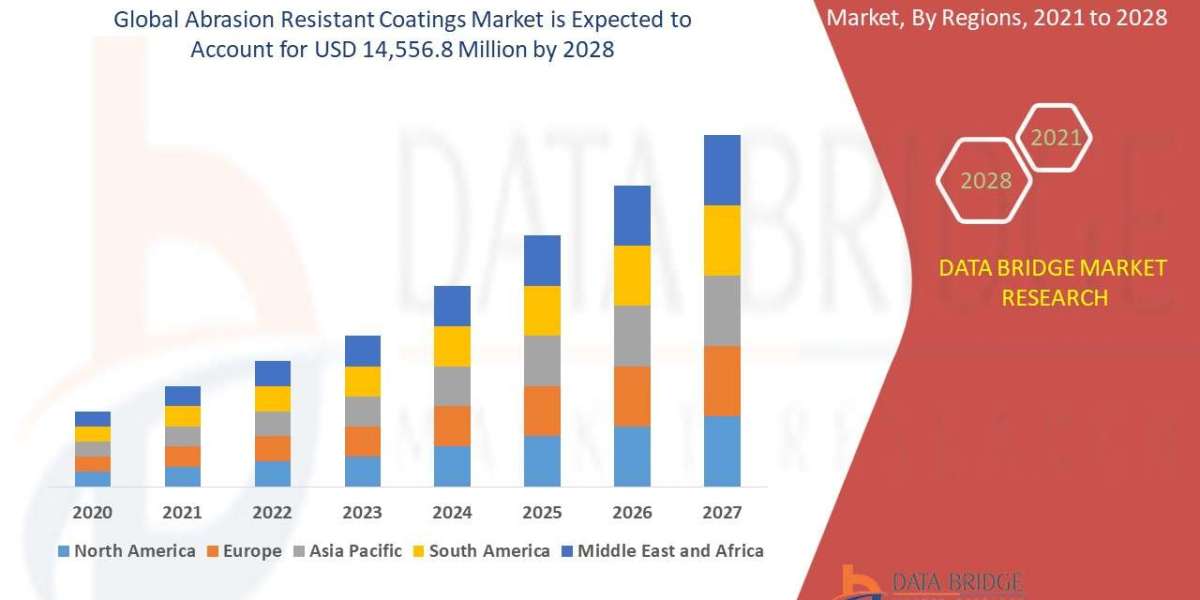Introduction:
In the realm of technological innovation, augmented reality (AR) stands out as a revolutionary force, transforming the way we interact with digital information and enhancing our perception of the world around us. As businesses increasingly recognize the potential of AR to engage users and drive value, the demand for augmented reality app development has surged. However, amidst the excitement of creating immersive AR experiences, it's crucial to address a fundamental concern: cost considerations.
Augmented reality app development involves a unique set of challenges and expenses that must be carefully managed to ensure project success. From initial concept to deployment, various factors influence the overall cost of developing an AR app. In this article, we delve into the key cost considerations in augmented reality app development and provide actionable budgeting tips and strategies for navigating this dynamic landscape.
Understanding the Costs:
Development Team: Building an augmented reality app requires a skilled team with expertise in various domains, including AR development, 3D modeling, animation, user interface design, and backend infrastructure. The size and composition of the development team significantly impact project costs. Hiring experienced professionals may come with a higher price tag but can streamline development and ensure a high-quality end product.
Technology Stack: Selecting the right technology stack is critical for AR app development. Factors such as platform compatibility, performance optimization, and feature requirements influence the choice of development tools and frameworks. Whether developing for iOS, Android, or cross-platform deployment, understanding the costs associated with different technology stacks is essential for budget planning.
Content Creation: Compelling content lies at the heart of every successful AR app. From 3D models and animations to audio effects and interactive elements, creating engaging AR content requires specialized skills and resources. Depending on the complexity of the app and the level of customization needed, outsourcing content creation to third-party agencies or freelancers may be necessary, adding to development costs.
Integration and Testing: Integrating AR functionality seamlessly into the app architecture and ensuring compatibility across devices and platforms is a time-consuming process that demands rigorous testing. Quality assurance and testing procedures are essential for identifying and resolving bugs, optimizing performance, and enhancing user experience. Allocating sufficient resources for integration and testing is critical to delivering a polished AR app.
Budgeting Tips and Strategies:
Define Clear Objectives: Before embarking on an augmented reality app development project, define clear objectives and prioritize features based on business goals and user requirements. Conducting thorough market research and feasibility studies can help identify potential challenges and opportunities, enabling more accurate budget estimates.
Optimize Development Workflow: Streamlining the development workflow and adopting agile methodologies can enhance efficiency and reduce development costs. Breaking down the project into smaller iterations allows for incremental improvements and flexibility in responding to changes. Additionally, leveraging reusable components and libraries can accelerate development while minimizing costs.
Consider Open-Source Solutions: Explore open-source AR development frameworks and tools to minimize licensing fees and reduce dependency on proprietary software. Platforms such as ARCore for Android and ARKit for iOS provide robust capabilities for building AR experiences at a lower cost. Community-driven support and extensive documentation further contribute to cost savings.
Embrace Cross-Platform Development: Developing a cross-platform AR app allows for broader reach and reduces the need for platform-specific development efforts. Technologies like Unity3D and Unreal Engine support cross-platform deployment, enabling developers to build AR experiences that run seamlessly on multiple devices and operating systems, thereby optimizing development costs.
Outsource Non-Core Activities: Consider outsourcing non-core activities, such as content creation and backend development, to specialized service providers or freelancers. Outsourcing allows for access to specialized expertise without the overhead costs associated with hiring full-time staff. However, ensure clear communication and establish robust contracts to mitigate risks and ensure quality outcomes.
Plan for Maintenance and Updates: Factor in ongoing maintenance and updates as part of the overall project budget. AR technology is continually evolving, and regular updates are necessary to address security vulnerabilities, performance issues, and compatibility with new devices and operating systems. Allocating resources for post-launch support and iteration ensures the long-term viability of the AR app.
Conclusion:
Augmented reality app development offers boundless opportunities for businesses to create immersive experiences and engage users in unprecedented ways. However, navigating the cost considerations inherent in AR app development requires careful planning and strategic decision-making. By understanding the key cost drivers, adopting efficient budgeting strategies, and leveraging available resources, businesses can successfully realize their vision for augmented reality applications while maximizing return on investment. As the AR landscape continues to evolve, prioritizing cost-effectiveness and innovation will be essential for staying ahead in this dynamic industry.
By incorporating these budgeting tips and strategies, businesses can navigate the complexities of augmented reality app development with confidence, unlocking the full potential of this transformative technology. As augmented reality continues to gain momentum, prudent budgeting and strategic investment will be crucial for driving sustainable growth and achieving competitive advantage in the digital marketplace.







